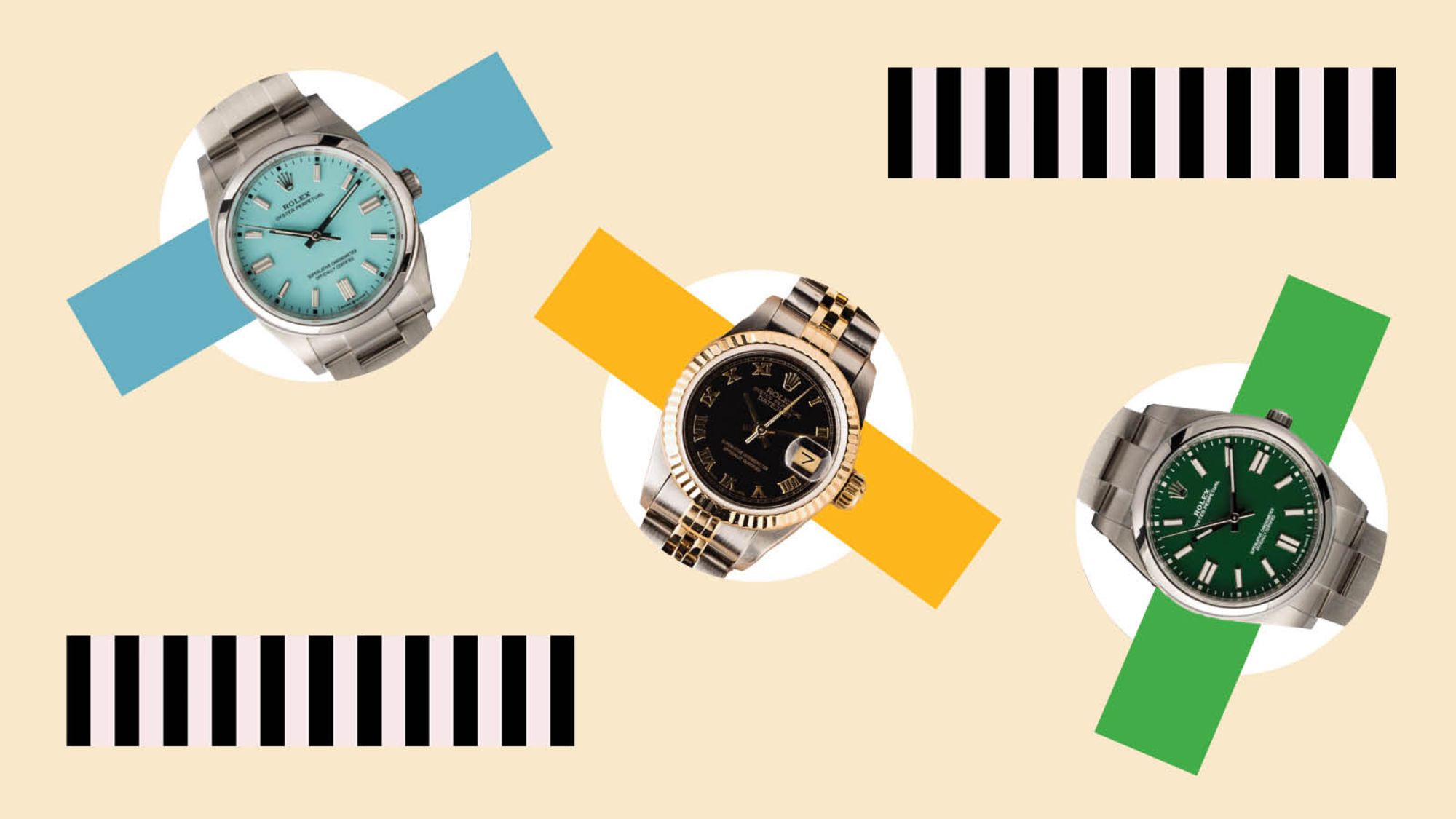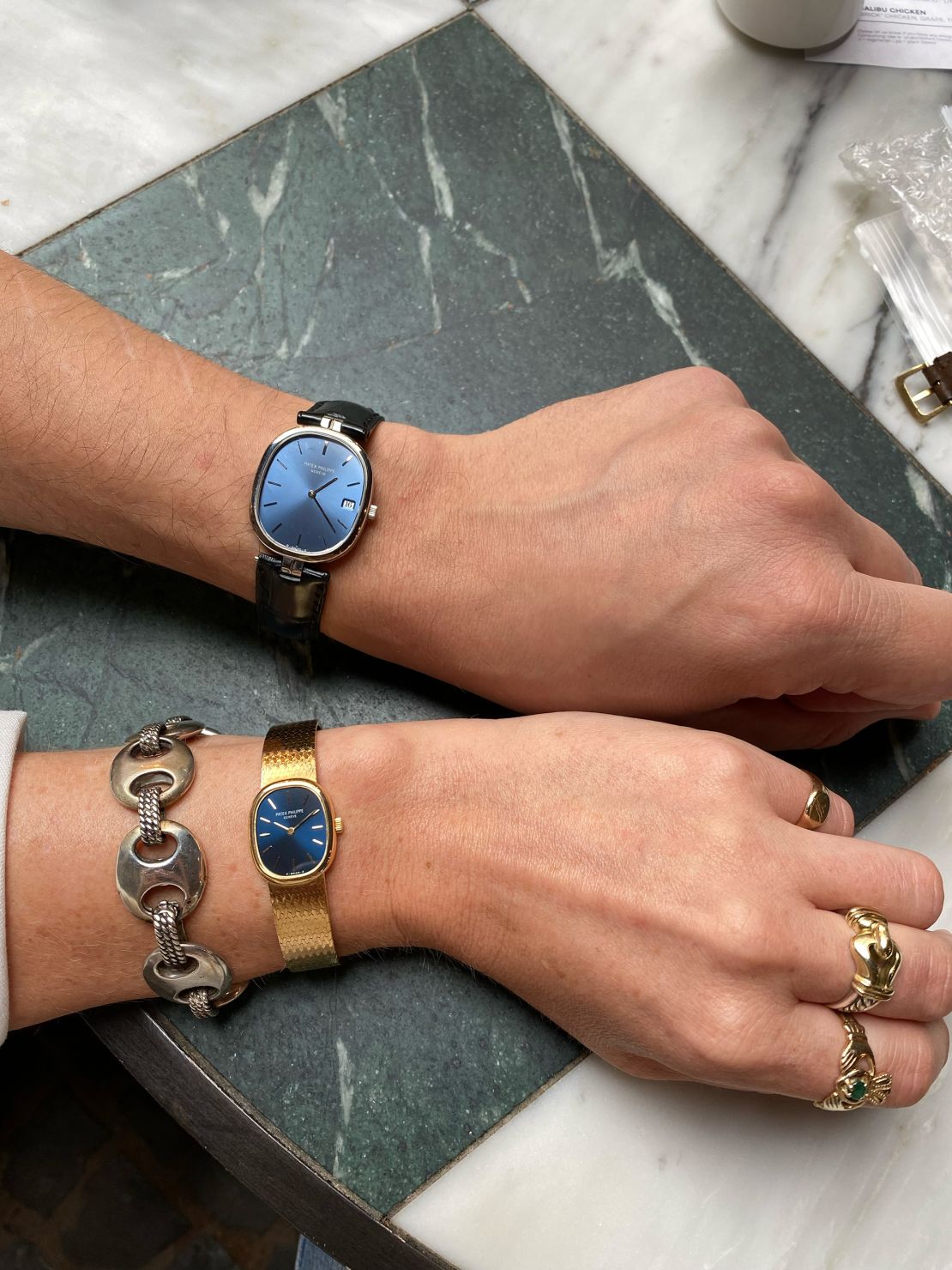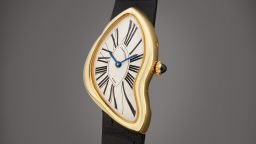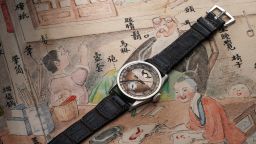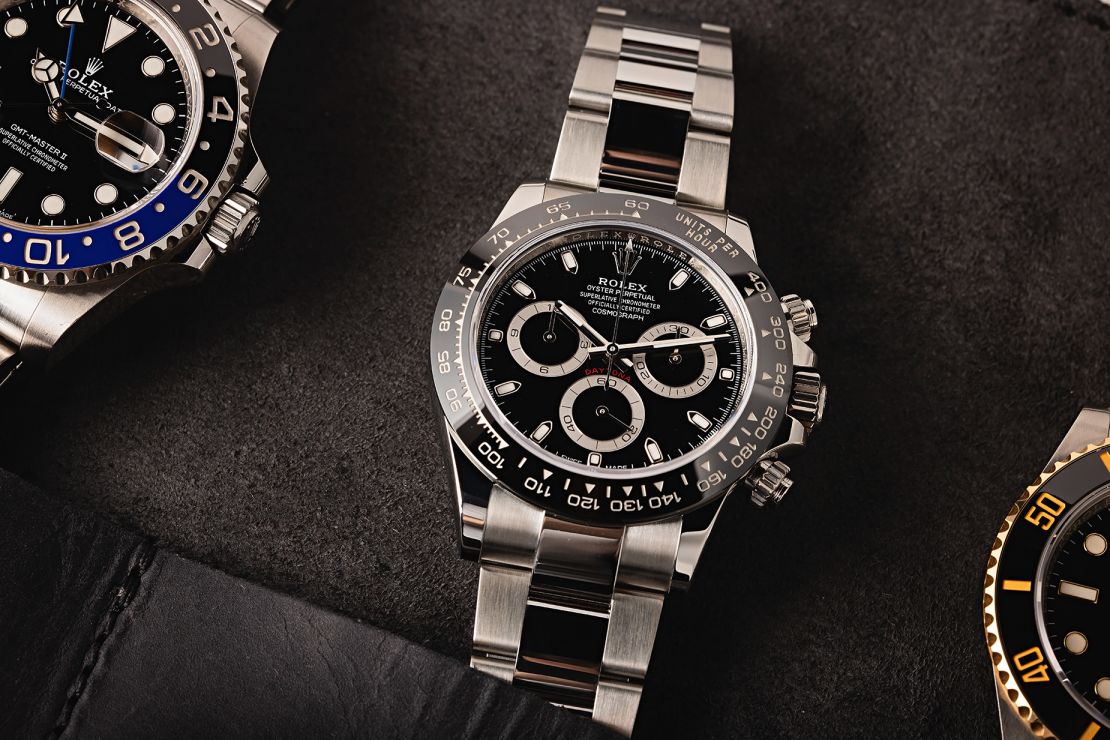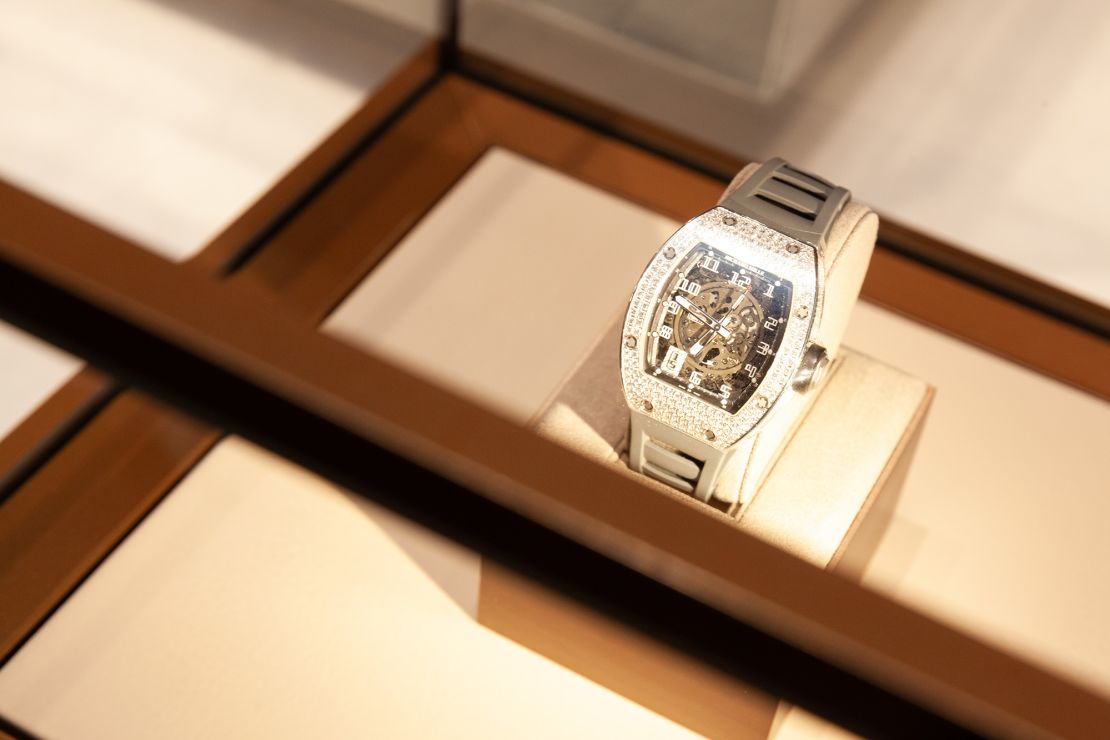What’s old is new again, and the longstanding phrase couldn’t be more apropos when it comes to pre-owned and vintage luxury watches by the likes of Rolex, Patek Philippe and Audemars Piguet — or “AP,” if you’re in the know.
“The demand is so high, and the supply is so low,” said Sotheby’s veteran and creative consultant Brynn Wallner, who founded the women-focused luxury watch resource Dimepiece in 2020. The stats don’t lie: According to a March 2023 study on the second hand luxury watch market by Boston Consulting Group (BCG), “nearly 95% of (rare and collectible limited edition) watches are no longer in production.”
“The level of excitement is even higher when a watch gets discontinued,” explained Tim Stracke, founder and fhairman of Chrono24, in an interview at Watches and Wonders 2024 in Geneva. “It’s like when you go to a concert, a rock concert, you want to hear the classics. It’s the same with watches, you love the classics.”
Acquiring a second hand watch today is often about the uniqueness of a particular model — and the clout that comes with it. “We have a lot of connoisseurs and very established clients who buy certified pre-owned from us because they’re looking for specific pieces,” said Carina Ertl, chief marketing officer of the Swiss luxury watch retailer Bucherer, adding that rare, limited edition pre-owned watches can be “equal” (in value and actual cost) to a new one.
Granted, the pandemic-induced second hand luxury watch boom peaked back in March 2022, but the market is still going strong, and price levels remain higher than pre-Covid times. “In the grand scheme of things, prices are increasing — especially when you look at prices in the primary market,” said Stracke, “and the price level of the primary market is one of the key driving forces of the prices of the secondary market…. We expect in the long term the secondary prices to remain stable — and go up again.”
Experts furthermore predict a return to stability for 2024, and millennials and Gen Z buyers are integral in keeping the momentum going. “(They’re) a crucial demographic for the growth and evolution of the pre-owned and vintage luxury watch industry,” added Paul Altieri, founder & CEO of multi-brand online luxury marketplace Bob’s Watches.
The BCG study found that 54% of Gen Z and younger millennials surveyed had upped their spending on high-end timepieces from 2021 to 2023, thanks to factors including increased accessibility of buying and selling, investment opportunities and the appeal of community, whether in-person or, of course, on social media platforms like TikTok.
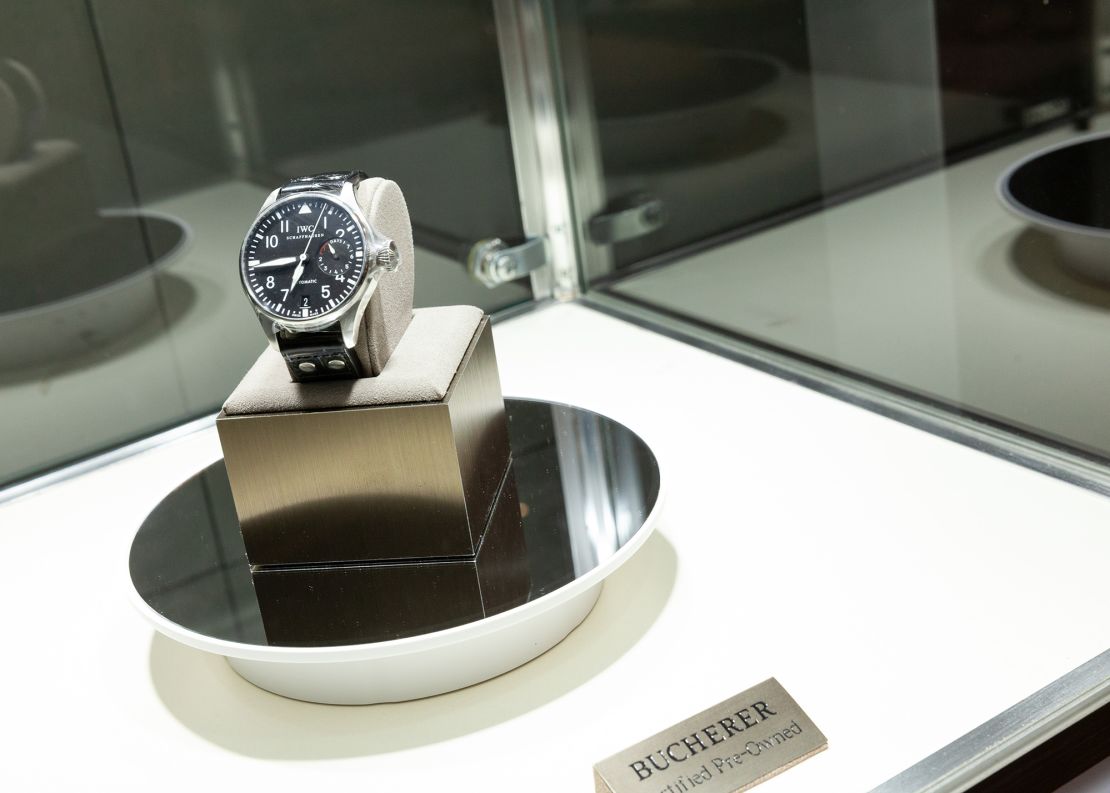
There’s also a greater gender balance apparent among these consumers. “Millennial and Gen Z women have been a big part of luxury growth (for pre-owned watches) over the last few years,” added Ertl. “Gen Z women in particular are embracing luxury goods in a different way than other generations, and buying goods earlier at a younger age.”
Brands which have historically focused on men are adjusting their strategies. In June 2023, Ginny Wright, chief executive of the Americas for Audemars Piguet, told Vogue Business: “We have a much better understanding of what women consider and how they purchase watches differently than their male counterparts. In the US, we are targeting female entrepreneurs and executives from Gen Z to Gen X.”
But how — and where — to gear up for the glittering, but possibly overwhelming world of luxury second hand watches? Ahead, insiders share their expert knowledge.
How can you tell if a luxury pre-owned watch is the real deal?
Whether you’re dropping four digits on a Rolex Datejust or six-plus on an Audemars Piguet Royal Oak, you’ll want to know you’re buying genuine goods. “The first step is to find a trusted retailer, because there’s a lot of options out there,” said Bucherer’s vice president of CPO, David Hong. The term “CPO” — industry shorthand for certified pre-owned — means that the brand itself has authenticated the watch as their own, thus also guaranteeing they will officially service it in the future.
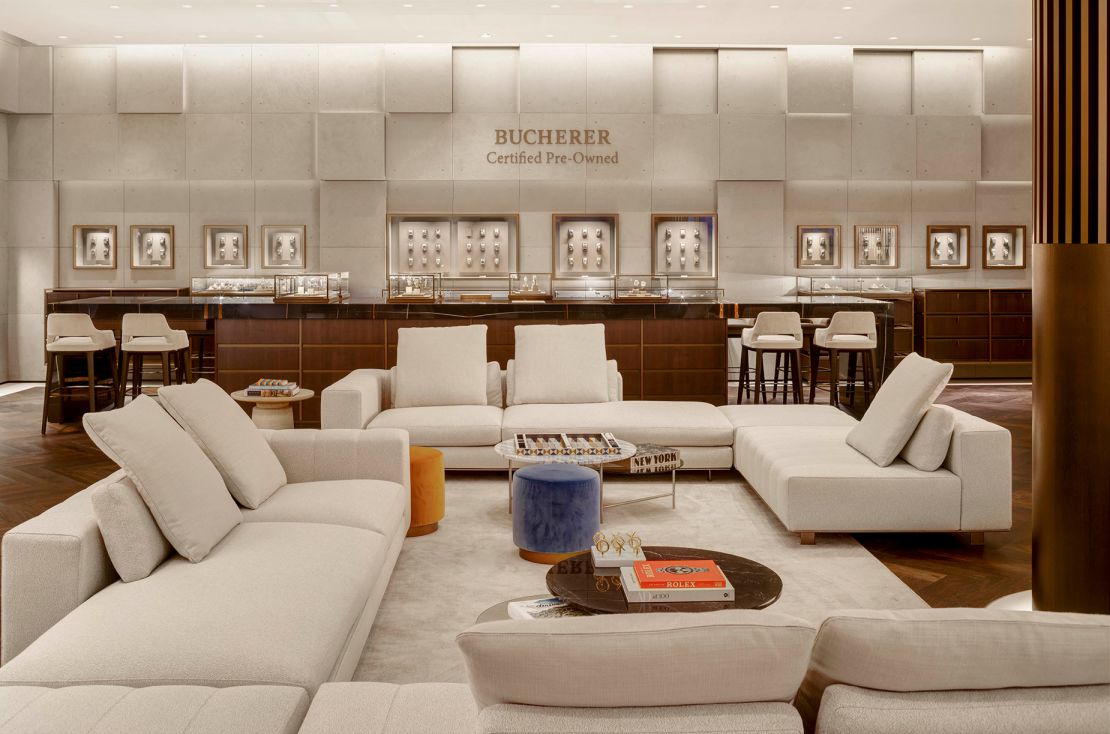
Bucherer introduced its CPO offerings in 2019, with a two-year guarantee and a trade-in program. The retailer has also officially partnered with Rolex, which launched its own certification program last year. “We have everything expertly restored,” said Ertl. “Everything goes through multiple steps of services.” (Bucherer sources CPO stock through its in-house “Buy and Trade” program, plus “a network of sources,” Ertl added.)
Other luxury brands with in-house pre-owned certification programs include Richard Mille, MB&F and FP Journe; Audemars Piguet has one in the works and Jaeger LeCoultre has unveiled a capsule of rare vintage gems, The Collectibles. (Depending on whom you ask, experts consider watches made 20 to 25 years ago to be “vintage,” and “pre-owned” to be more contemporary models.)
Where can — and should — you buy a certified pre-owned watch?
“CPO is the safest way to do it,” said Wallner of a vintage or pre-owned luxury watch purchase, suggesting the option in particular for first-timers seeking absolute reassurance. “But it’s probably going to be more costly.”
To compare, a pre-owned Rolex Submariner 16610 circa 1991 from US-based Tourneau (acquired by Bucherer in 2018) is priced at $11,500, while Bob’s Watches sells the model for $10,195. The latter Newport Beach-based retailer, which specializes in Rolex but is not an authorized dealer, has its own “multi-tiered” authentication and restoration process, and collaborates with Swiss watch authentication service WatchCSA in lieu of the official watch brands.
The BCG study also points to third party online marketplaces like Chrono24, WatchBox, and Watchfinder, which Richemont bought in 2018, as popular with Gen Z and millennial shoppers. But, “you’re taking risks no matter what (for non-CPO purchases),” said Wallner, who recently bought a Rolex Datejust from luxury consignment retailer Rebag — with a safeguard in mind. Clocking the site’s 14-day return policy, she immediately took her purchase to the authorized Rolex dealer Watches of Switzerland. “They were like, ‘Yeah, this is in great condition. It’s authentic. Great work,’” she added.
Otherwise, she stocks her vintage timepiece collection in large part through Foundwell, a dealership in high-end vintage watches, jewelry and decor whose selections are carried at Bergdorf Goodman, Harrods and Club Monaco London locations. Seasoned collectors often work directly with trusted dealers, found through recommendations and word-of-mouth.
What fashion — and investment — trends should you consider ?
“The most resounding piece of advice anybody in the watch industry will give is ‘Buy what you love. Don’t pay attention to the trends,’” said Wallner. It’s important to find a piece that fits with your day-to-day routine: Could a Chopard 44mm Mille Miglia inhibit typing on your Airbook all day? How often would you really wear a dainty ‘60s-era gold diamond and sapphire framed Blancpain?
Beyond that, consider how you want to power your watch, for example: A quartz battery-run timepiece or a self-winding or automatic mechanical movement? (Rolex makes both.) Depending on your sense of style, you may prefer a larger size case — the part that holds the movement and dial — and decide between a stainless steel or leather strap.
Bucherer’s plush CPO lounge in New York welcomes people to peruse, converse with an expert and, no pun intended, take their time when it comes to making a purchase. “The idea is to fall in love with the watch,” said Hong, a process which can take a few dates.
Hong often encounters clients expressing sentimental motivations in their search for a pre-owned timepiece. “We get a lot of stories where people will walk in and talk about their past,” he said. “It might be a watch as old as my grandfather or great grandfather.”
Just don’t ask him about purchasing an “investment watch,” though — Hong holds a more sentimental attachment to timepiece collecting. “Luxury watches of this caliber will go from one generation to the next to the next to the next,” he explained.
The BCG study does segment second-hand buyers into four categories, including the “Collector/Investor,” which is described as high income young millennials with a penchant for copping and flipping “ultra-luxury watches.” They represent 44% of watch buyers and dominate 58% of the market by value.
But Wallner agrees with Hong. “Definitely don’t buy to flip,” she said. “Speculation is a losing game.” She may have a point: according to Bloomberg’s Subdial Watch Index, only two Rolex models — “Pepsi” GMT Master II and Lady-Datejust — increased in price last year. (“Rolex, in many cases, is seen as a harder currency that the Euro or the US Dollar in recent years,” noted Chrono24’s Stracke.) Plus, the practice just seems to go against connoisseur etiquette.
“People really frown upon that,” said Wallner. Buying and quickly selling for a profit is discouraged by collectors and retailers alike for causing unbalanced supply and market volatility. (The practice can also result in banishment from official waitlists, and broader social shame in horology circles.)
CNN’s Tom Foster contributed reporting in Geneva.
